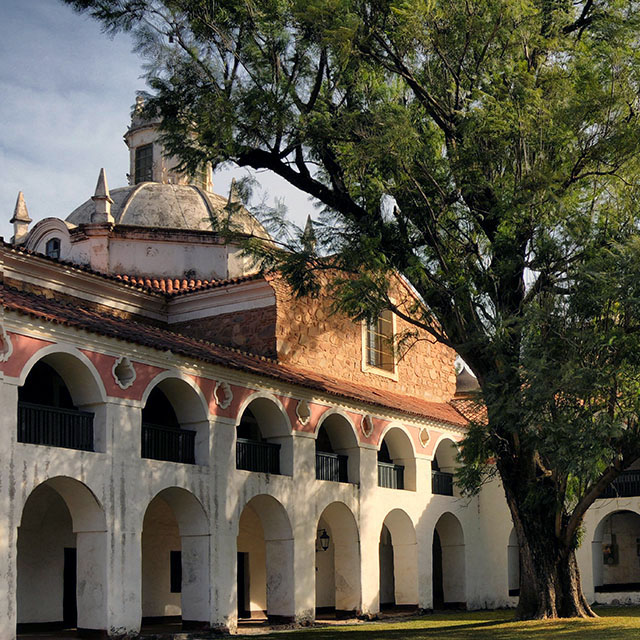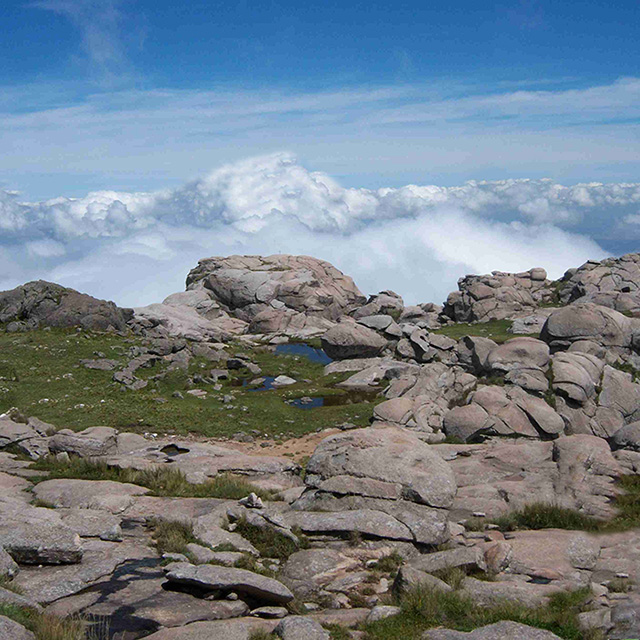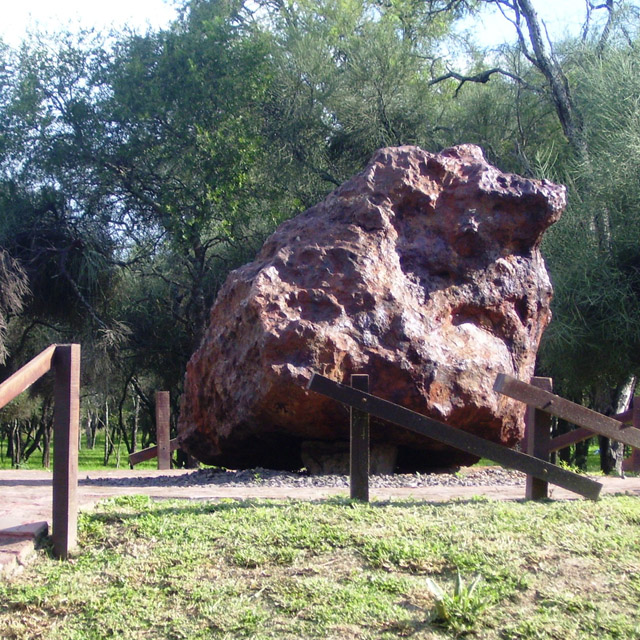
Córdoba City & Jesuit Estancias
The second largest city in Argentina has a dynamic artistic scene, active nightlife and a never-ending sense of humor.
During colonial times the Jesuit estancias of Córdoba were vital part of the commercial trade route between the Alto Peru and Buenos Aires and today still preserve many emblematic buildings including the first Argentine university, founded by the Company of Jesus in 1613.
The Jesuits also developed innovative productive establishments all around the province. The so called Estancias Jesuíticas of Jesús Maria, Colonia Caroya, Santa Catalina, La Candelaria and Alta Gracia, along with the Jesuit block in the city of Cordoba, have been declared World Heritage Sites by UNESCO and are well worth a visit.
Contact Us
Sierras de Córdoba
Long before the Andean rise and much older than Himalaya and the Alps, the hills of Córdoba rose up from the surface of the earth. Today these weathered hills still stand out between the wide Pampa plains to the east and the Cuyo desert to the west.
Sierras Grandes and Sierras de Comechingones comprise the highest mountain ranges and include Cerro Champaqui (2,790 m), the highest peak of the province and a magnet for trekking lovers.
Adjacent to Sierras Grandes the high plateau of Pampa de Achala forms the heart of the mountain range; a vast and rugged terrain with little vegetation, but source of intricate water systems and springs that give birth to most of the rivers and streams of the Central Region.
Known for its benevolent climate, clear skies and perfume of wildflowers and aromatic plants, these ancient and energizing hills offer marvelous possibilities when it comes to trekking and horseback riding.
Contact Us
Campo del Cielo
Campo del Cielo (Field of Heaven) is an area at the border of Chaco and Santiago del Estero Provinces that was affected by a large meteorite shower some 6000 years ago.
The episode was transmitted for ages through aboriginal legends, then revisited by the Jesuits and only confirmed on the 20th century with the findings of several smaller pieces and finally the discovery of the impressive El Chaco rock in 1969. El Chaco weights 37 tons and is considered the second heaviest single-piece meteorite in the world.
Contact Us